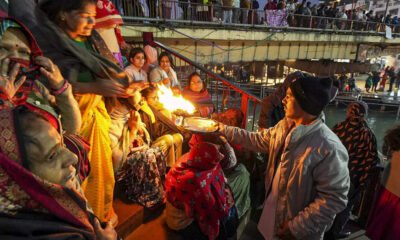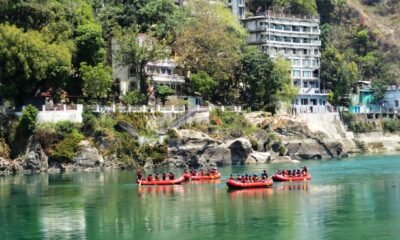Spiritual Travel
7 Spiritual Destinations In India That Heal The Soul – india.com
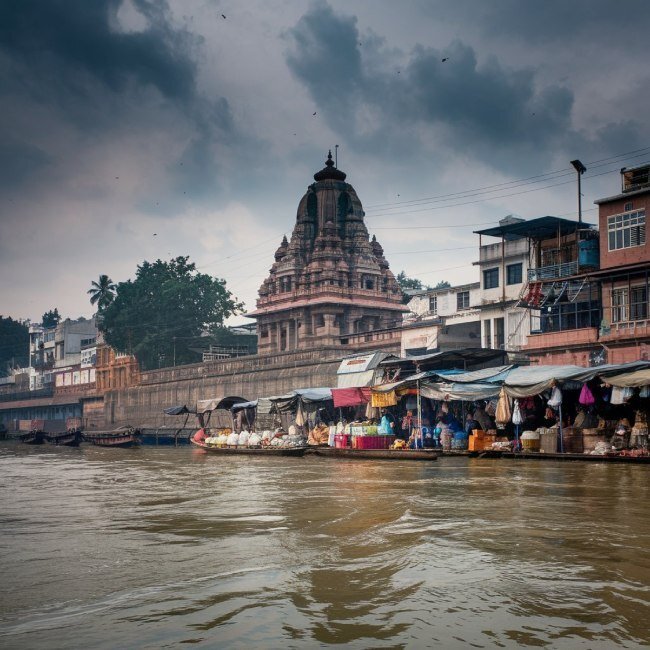
Spiritual Travel
Not Only Indians but American, European, and Middle Eastern Tourists Embrace the Rising Trend of Festival-Centric Travel Driven by Social Media and Cultural Immersion
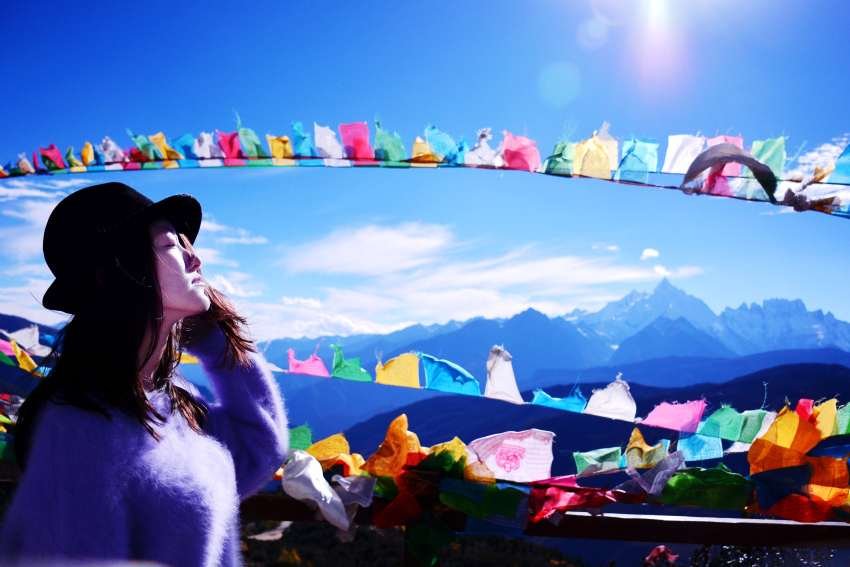
Published on
August 10, 2025 |
Not only are Indian travelers increasingly drawn to festival-centric travel experiences, but travelers from around the globe—especially from the United States, Europe, and the Middle East—are also embracing this trend. Social media platforms, coupled with a growing desire for cultural immersion, are reshaping how people choose their travel destinations. Festivals, often deeply rooted in tradition and offering once-in-a-lifetime experiences, have become major attractions for tourists seeking vibrant, authentic encounters.
Festival-centric travel has evolved beyond regional interest. It now includes an international array of travelers eager to partake in cultural celebrations that are often inaccessible through everyday tourism. From color-filled Holi celebrations in India to the dazzling Carnival in Brazil, these events offer a unique opportunity to engage in a place’s culture and history. The rise of social media has amplified the appeal of these festivals, making it easier for travelers to discover, plan, and engage with such events across the globe.
Social Media: The Driving Force Behind Festival-Centric Travel
Social media has revolutionized the way travel decisions are made, particularly among younger generations who are more likely to seek out experiences that are highly shareable and visually captivating. Platforms like Instagram, Facebook, and TikTok allow users to showcase vibrant festivals and cultural events, sparking curiosity and wanderlust in their followers.
For travelers from India, the allure of festivals like Diwali, Holi, and Durga Puja, alongside international festivals, has become a key motivator for choosing travel destinations. In addition to traditional religious observances, social media platforms often feature festivals in unexpected locations, drawing the attention of those who might not have considered traveling to such places otherwise.
American, European, and Middle Eastern travelers are also increasingly influenced by the visual appeal of festivals posted by friends or influencers, which leads them to explore new cultural destinations. The focus on festivals as central experiences in the tourism journey has sparked a boom in tourism for certain regions during peak festival seasons.
The Appeal of Cultural Immersion: Why Travelers Choose Festival-Centric Journeys
Festival-centric travel offers more than just the opportunity to witness elaborate parades or partake in vibrant street festivities. For many travelers, it is about cultural immersion. The chance to experience local customs, art, music, cuisine, and rituals provides deeper insights into a country or region’s way of life. For example, travelers to Spain may flock to experience the renowned La Tomatina or San Fermin festivals, while those visiting Thailand may align their schedules to join the Songkran Water Festival.
For Indian travelers, this type of immersion is particularly significant. India’s diverse cultural landscape provides a myriad of regional festivals that tourists from within the country and abroad seek to experience. Whether it is the religious fervor of Ganesh Chaturthi in Mumbai or the mesmerizing Pushkar Camel Fair, Indian festivals draw large crowds seeking an authentic taste of Indian culture. However, as Indians increasingly look to global festival destinations, they are not alone. Travelers from the U.S., Europe, and the Middle East also actively seek out religious and cultural festivals as their primary reason for travel.
This shift is reflective of a broader tourism trend where travelers, especially those from these regions, are moving away from conventional sightseeing and instead focusing on engaging with the culture in ways that provide richer, more meaningful experiences. Festival-centric trips often offer once-in-a-lifetime opportunities that would be hard to replicate on a regular tourist itinerary.
Religious Travel: A Key Component of Festival-Centric Tourism
Religious travel has always been a significant component of tourism, especially among those seeking spiritual fulfillment or deeper connections to their faith. In recent years, the crossover between religious and festival-centric travel has gained traction. Travelers from India, as well as from other parts of the world, are increasingly drawn to religious festivals for their spiritual significance and unique cultural experiences.
For Indian travelers, religious festivals such as Kumbh Mela, Maha Shivaratri, and Eid al-Fitr offer deep spiritual engagement, drawing millions to these events each year. Similarly, travelers from the Middle East, who follow Islam, are highly inclined to visit destinations such as Mecca and Medina for religious events like Hajj or Ramadan celebrations.
European travelers, especially those with Christian roots, often seek out religious events such as Christmas markets in Germany or Easter processions in Spain. The Middle East has also seen a rise in religious tourism, with many travelers visiting the region to participate in important religious festivals like Eid al-Adha or Christmas in Bethlehem.
The shared religious or cultural experiences at these festivals bring people closer together, fostering a sense of unity and community across national and cultural divides. Travelers who may have never visited a particular region before are drawn to these festivals because they provide both a spiritual journey and a cultural experience that cannot be replicated through traditional sightseeing.
The Economic Impact of Festival-Centric Travel
The economic impact of festival-centric tourism is undeniable. As these festivals become global events, they draw millions of visitors from around the world, providing a substantial economic boost to local economies. In many countries, festivals contribute directly to tourism revenue, creating jobs, supporting local businesses, and fostering international visibility.
In India, for example, festivals like Diwali and Holi are crucial drivers of tourism, especially in regions known for grand celebrations. The same is true for countries like Spain, where events like La Tomatina, Carnival in Rio, and Oktoberfest in Germany attract thousands of international visitors each year. The arrival of travelers increases demand for services such as hotels, transportation, restaurants, and entertainment.
Local communities also benefit from the economic ripple effects that festival-centric tourism brings. Employment opportunities in tourism-related sectors increase, providing jobs for locals who help organize, host, and manage the influx of visitors. These events also lead to the creation of temporary businesses, such as food stalls and souvenir shops, that thrive during the festival season.
This increased economic activity encourages local authorities to invest in improving infrastructure and services, further enhancing the travel experience for future tourists. As festival-centric tourism continues to grow, so does its importance as a sustainable economic model for many regions.
The Rise of Luxury Festival Travel: Catering to High-Spending Tourists
While traditional festival-centric travel is often about affordable experiences and local engagement, there is a growing demand for luxury travel experiences centered around these festivals. High-net-worth individuals from countries like the U.S., Europe, and the Middle East are increasingly seeking exclusive festival experiences that offer both opulence and cultural immersion.
Luxury travel companies are beginning to curate premium festival experiences that include private viewings, VIP access, gourmet dining, and personal guides. These tours provide an elevated experience for travelers who want to enjoy festivals in the utmost comfort while still participating in the cultural aspects of the events. Exclusive access to behind-the-scenes activities, private performances, and bespoke travel itineraries cater to a select group of travelers seeking the ultimate in both luxury and culture.
For example, in destinations like Bali, travelers can indulge in private ceremonies during local festivals, such as Nyepi (Balinese Day of Silence), while enjoying stays in high-end resorts. Similarly, the Carnival in Rio now offers premium VIP experiences for those seeking a more lavish way to enjoy this vibrant event. These tailored offerings are reshaping how travelers experience traditional festivals, transforming them into luxury experiences.
A New Approach to Sustainable Festival-Centric Tourism
As more travelers embrace festival-centric journeys, there is also a rising demand for sustainable tourism practices to ensure that these events and their local environments are not harmed by the influx of tourists. Sustainability efforts focus on reducing waste, promoting eco-friendly transportation options, and supporting local artisans and vendors who participate in festivals.
Travel companies and governments are increasingly prioritizing sustainable practices in the management of festivals. This includes encouraging visitors to respect local traditions, minimizing their environmental footprint, and supporting businesses that follow sustainable practices. For example, festivals like Diwali and the Carnival in Rio are being reimagined to promote eco-friendly practices, such as reducing plastic waste and adopting green technologies.
Conclusion: A Global Trend Fueled by Social Media and Cultural Exploration
Festival-centric travel, powered by social media and a global desire for cultural exploration, is transforming the way people approach their vacations. Indian, American, European, and Middle Eastern travelers are all drawn to the unique experiences and immersive cultural opportunities that festivals provide. Whether for religious reasons, cultural engagement, or simply the allure of vibrant celebrations, festival-centric travel offers a diverse range of benefits for both tourists and local communities.
As more people seek out these extraordinary cultural experiences, the trend is set to continue its rise. With economic and social benefits that go far beyond just tourism revenue, festival-centric travel is poised to become a central pillar of global tourism in the coming years. As the world continues to embrace these colorful, immersive events, travelers will find new opportunities to experience the world in ways that are rich in culture, connection, and community.
Spiritual Travel
Atul Patne, Maharashtra tourism principal secretary- The Week
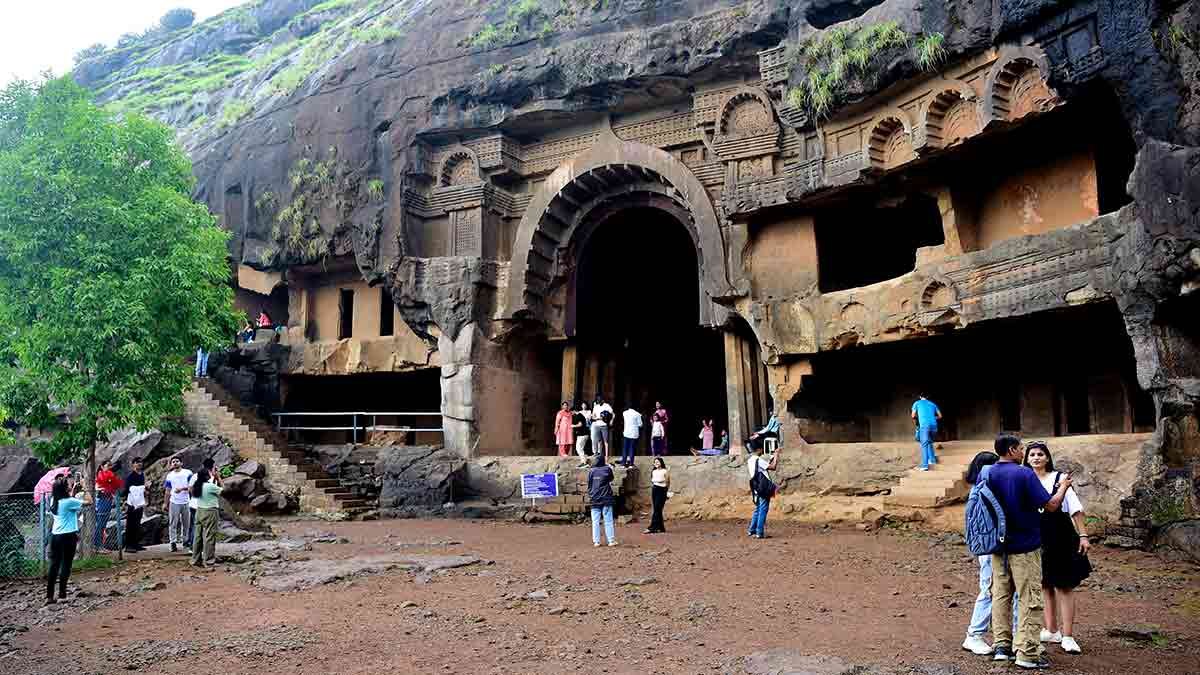
Interview/ Atul Patne, Principal secretary, tourism, Maharashtra
Maharashtra’s tourism potential is vast—ranging from beaches and heritage sites to wildlife reserves. In an interview, the state’s Principal secretary, tourism, Atul Patne, explains what makes his state a unique travel destination. Excerpts from an interview:
What is your strategy to position your state as a year-round destination?
Maharashtra is already a year-round destination. From beaches, heritage sites, and wildlife reserves to mountains, food, festivals, spirituality and adventure, Maharashtra truly has something for every traveller, every time of the year.
Unlike many northern states, Maharashtra enjoys a moderate climate. The monsoon season sees a significant influx of domestic tourists. From October to March, we witness strong international footfall. Even during the peak summer months of April and May, our beaches and coastal destinations remain popular.
How do you plan to promote lesser-known destinations like Lonar and Amboli?
Destinations like Lonar and Amboli are already gaining popularity, particularly among young travellers and special interest groups such as nature clubs, bird-watchers, photographers, cyclists, bikers, and road trip enthusiasts—largely thanks to social media. A special tourism circuit is being developed connecting Nashik, Nagpur, Chhatrapati Sambhajinagar, and Lonar, supported by enhanced rail and road connectivity.
How is Maharashtra aligning its tourism development goals with sustainability and environmental protection, especially in ecologically sensitive areas?
This is a topic very close to my heart. We are promoting responsible and sustainable tourism through policies that encourage homestays, bed-and-breakfast accommodations, and small hospitality ventures—especially those led by women under the AAI scheme.
Do you have plans to revamp branding and marketing outreach?
We have significantly stepped up our marketing efforts, focusing on young, adventure-seeking audiences. Our campaigns showcase Maharashtra’s rich history, forts, coastline, Sahyadris, spiritual sites and vibrant cuisine. Innovative initiatives include inviting global food experts to promote our cuisine and organising a walkathon during the centuries-old Pandharpur Wari pilgrimage. For business tourism, we have established the Maharashtra Convention Bureau to attract MICE events.
What role does rural and agro-tourism play in your vision for inclusive tourism development?
It is central to our sustainable tourism policy. Through the AAI scheme, we are enabling villages to become tourism hubs. A successful model has already been implemented in Chinchani near Solapur. These initiatives generate local employment, preserve rural traditions, and reduce migration of young people to cities.
Could you talk about upcoming infrastructure projects that aim to boost tourism?
Our tourism policies include incentives for large-scale projects like aquariums, island development, and theme parks. We are actively encouraging public-private partnerships under the Viksit Maharashtra 2047 vision. NRIs are also being invited to invest in their ancestral towns to aid local development and tourism infrastructure.
Are there dedicated efforts to revive heritage tourism with guided storytelling, digital experiences, or festivals?
Forts are the pride of Maharashtra, and we are working closely with the ASI to take over select sites for development. Plans include experience centres, museums, immersive AI domes, and festivals that celebrate our forts, food and cultural heritage.
What are you doing to improve tourist experience, especially in popular but crowded spots like Lonavala or Shirdi?
We are focusing on behavioural change through clear signages, awareness campaigns and messaging to encourage responsible travel. Fines and regulations are being strengthened. At the same time, we are working on deploying a tourism security force and are conducting safety audits—especially for adventure operators. We want to bring about the change in the mindset of the crowd and that is a daunting task, but we will get there.
Ultimately, both tourists and authorities must share the responsibility to maintain these destinations. As for safety, we are setting SOPs for adventure tour operators, ensuring safety audits, deploying tourist police. These are some of the plans in the pipeline.
What is your vision for Maharashtra in the next five years?
Our goal is to make Maharashtra the number one tourism destination in India. We aim to do this through a model that is sustainable, inclusive, humanitarian and community-driven.
Spiritual Travel
Sobhita Dhulipala visits Velankanni Church and Nagore Dargah during spiritual trip to Tamil Nadu – Watch |
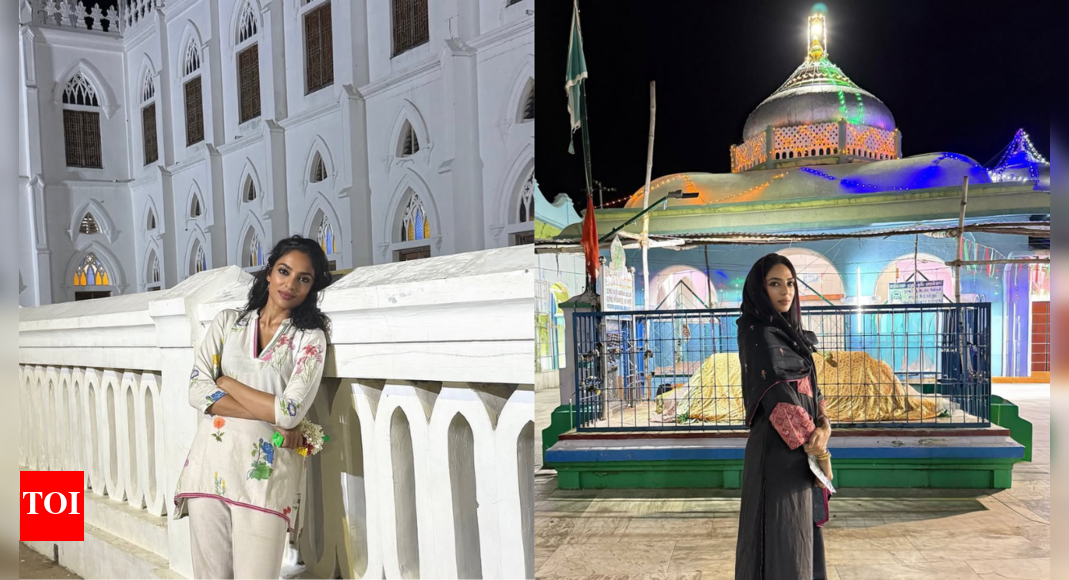
Actor Sobhita Dhulipala recently shared some pictures of her spiritual getaway in Tamil Nadu. The ‘Made in Heaven’ star took to Instagram on Thursday to share glimpses from her serene trip, which included visits to the iconic Velankanni Church and Nagore Dargah.
At Velankanni Church and Nagore Dargah
The actor shared photographs of her travels in her post with the title of “Life lately.” In these images, Sobhita was seen in a white outfit praying at the Velankanni Church, known formally as “The Basilica of Our Lady of Good Health”. The church is one of India’s most frequented Catholic shrines.Sobhita also visited the Nagore Dargah, a prominent Sufi shrine in Tamil Nadu located in the coastal town of Nagore. For this visit, she wore a black outfit, which complemented the modesty of the Dargah as well as fit with the overall spiritual tone of the site. The Dargah is the final resting place of the Sufi saint Nagore Syed Abdul Qadir Shahul Hamid.
Enjoying the beach
Sobhita also shared pictures of herself enjoying some peaceful moments at the beach as the waves washed over her feet. One photo shows her, with a calm expression on her face, relishing the sun and the joy of the moment. Another photo shows her feeling completely joyful alone. She also shared a photo looking beautiful in a gold saree from a friend’s wedding.On the work front, Sobhita was last seen in ‘Monkey Man’, Dev Patel’s directorial debut, which did not see a theatrical release in India. She also starred in ‘Love, Sitara’, but has remained quiet about her upcoming projects.Sobhita made headlines last year after she got married to Telugu star Nag Chaitanya after a long rumoured relationship.
-

 Brand Stories3 weeks ago
Brand Stories3 weeks agoBloom Hotels: A Modern Vision of Hospitality Redefining Travel
-

 Brand Stories2 weeks ago
Brand Stories2 weeks agoCheQin.ai sets a new standard for hotel booking with its AI capabilities: empowering travellers to bargain, choose the best, and book with clarity.
-

 Destinations & Things To Do3 weeks ago
Destinations & Things To Do3 weeks agoUntouched Destinations: Stunning Hidden Gems You Must Visit
-

 Destinations & Things To Do2 weeks ago
Destinations & Things To Do2 weeks agoThis Hidden Beach in India Glows at Night-But Only in One Secret Season
-

 AI in Travel3 weeks ago
AI in Travel3 weeks agoAI Travel Revolution: Must-Have Guide to the Best Experience
-

 Brand Stories1 month ago
Brand Stories1 month agoVoice AI Startup ElevenLabs Plans to Add Hubs Around the World
-

 Brand Stories4 weeks ago
Brand Stories4 weeks agoHow Elon Musk’s rogue Grok chatbot became a cautionary AI tale
-

 Brand Stories2 weeks ago
Brand Stories2 weeks agoContactless Hospitality: Why Remote Management Technology Is Key to Seamless Guest Experiences
-

 Asia Travel Pulse1 month ago
Asia Travel Pulse1 month agoLooking For Adventure In Asia? Here Are 7 Epic Destinations You Need To Experience At Least Once – Zee News
-

 AI in Travel1 month ago
AI in Travel1 month ago‘Will AI take my job?’ A trip to a Beijing fortune-telling bar to see what lies ahead | China







